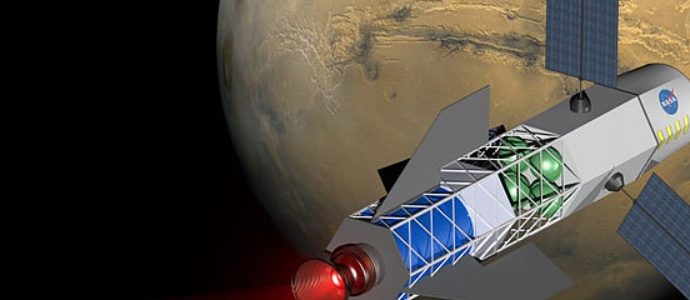UK Rocket Company Stars Construction on a Fusion-Based Propulsion System
A UK-based rocket propulsion company has announced that it has started construction on a large nuclear fusion-propelled rocket that is intended to substantially shorten the travel time for a manned mission to our planetary neighbors. The construction of this type of engine is a risky gamble, as it relies onread more
